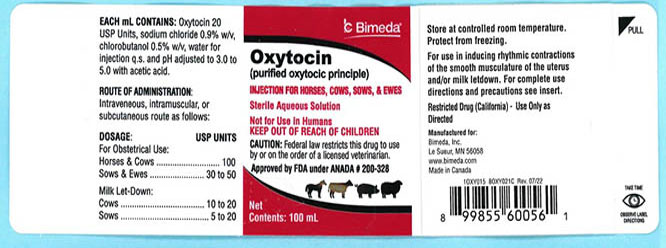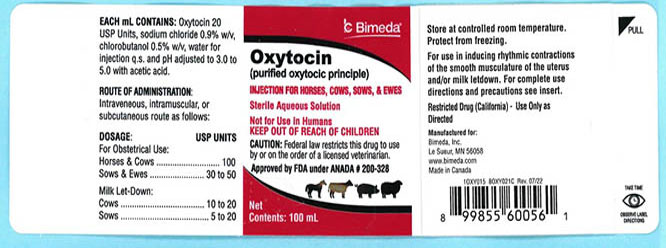
The overarching imperative of the domestic predator is to obtain a net gain from the costs incurred to keep an animal alive and productive. There are at least two ways that a domestic predator extracts value from an animal: post-mortem and in vivo. In the case of post-mortem extraction, a domestic predator harvests products such as flesh, organs, bone, skin, and fur from an animal carcass through the terminal act of killing. In vivo extraction involves harvesting bodily materials from other animals while they remain attached to life. The most common products extracted from animals in vivo are materials such as milk, eggs, wool, feathers, blood, semen, hormones, labour, and offspring. Certain materials, such as eggs, feathers, and blood may be extracted from animals both in vivo and post-mortem.
Domestic predation in vivo is not only an innovation on prototypal forms of predation. It is also an innovation on prototypal parasitism; a form of para-parasitism, in which a human consumes a living animal over time without having to live inside or directly on their host/prey.
The essential strategy of para-parasitism is to prolong life to extend consumption. This strategy allows the para-parasitic human to appropriate not only the existing materials of an animal’s body, but all of the materials that an animal’s body can be made to generate, and then to consume the wasted body that remains after productive potential is fully depleted.
Eating living prey “in units of less than one,” as E.O. Wilson put it, is a far more elaborate undertaking than consuming the parts of a dead animal carcass. The para-parasitic human must consume other animals without killing them (too early) in the process. They must also contend with the resistance put up by living prey against the techniques that their predators use both to preserve and to consume them. To this end, the para-parasitic human must achieve prolonged and intimate power and control over the bodies of such animals down to the smallest details of their social, biological and genetic condition.
The objects presented in the category of Extraction in vivo (or para-parasitism) are the instruments of force that are used to achieve this power and control. They are the tools and methods that humans use to compel the living body to expend its resources in production and reproduction, and to relinquish its vital substances and progeny to human extractors. They are the techniques for overriding any attempts by an animal, at the physical or physiological level, to regulate, limit, or retain the endowments of their bodies for their own needs.
